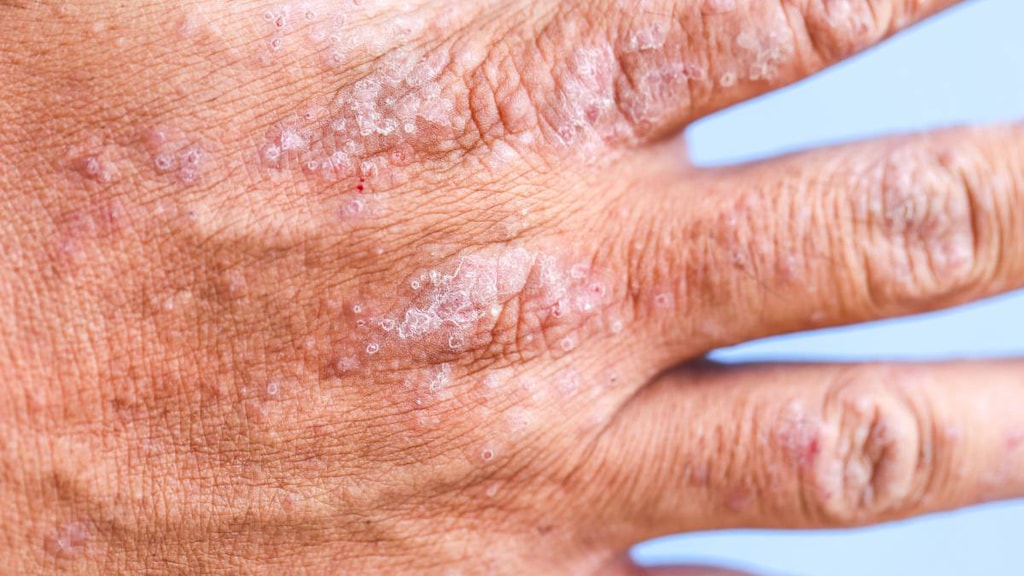
What is atopic dermatitis?
Atopic dermatitis is an inflammatory skin condition characterized by a recurring rash associated with itch. Most people with atopic dermatitis have at least one of the following other conditions: hay fever, asthma, chronic urticaria, or food allergies. Atopic means that the person has a predisposition towards having certain allergies.
Dermatitis is another name for skin inflammation and the word “eczema” may be used interchangeably with dermatitis; therefore, atopic dermatitis is the same as atopic eczema.
Atopic dermatitis is common among certain families and it usually starts in early childhood, although it can occur at any age. It is the most common form of eczema seen in children. The exact cause of atopic dermatitis is not known, but researchers believe it may involve genetics, a defect in the skin’s barrier, the environment, and/or the immune system.
What causes atopic dermatitis?
Experts aren’t sure exactly what causes atopic dermatitis but suspect it may represent more than one condition. Causes may be associated with mutations in certain genes in the skin; defects in the skin barrier or cells (keratinocytes); changes in the immune system; or a change in balance of the skin surface microbiome.
Certain common triggers have been identified that may cause a flare or a worsening of atopic dermatitis. These include:
- Dry skin
- Dust or sand
- Exposure to allergens, such as pollen, pet dander or certain foods, such as peanuts or eggs
- Fabrics, such as wool
- Hot baths or showers
- Infection
- Low humidity or dry air
- Perfumes
- Skin irritants, such as soaps or household cleaners
- Stress
- Tobacco smoke.
What are the symptoms of atopic dermatitis?
Symptoms of atopic dermatitis may include:
- Red, inflamed areas of skin that are very itchy
- Scaly patches of skin
- Extremely dry skin
- Constant scratching
- Thickened or broken areas of skin that are prone to infection and may become crusted and “weepy”.
Atopic dermatitis may affect the face (especially in infants), hands, feet or in the creases and folds of the skin on the arms and legs.
Symptoms of atopic dermatitis usually come and go. Periods of activity are called “flares” and these are usually followed by periods of relative skin normality.
If atopic dermatitis developed in childhood, it often improves with age, although some people may experience flares now and then in adulthood.
How is atopic dermatitis treated?
Having a good skincare routine every day helps in the management of atopic dermatitis.
Cleanse your skin with a mild, soap-free cleanser that is recommended for people prone to dermatitis. Using a cleanser that is too harsh can aggravate dermatitis. Cleansing should be followed by a hypoallergenic moisturizer – again choose one recommended for atopic dermatitis. Apply your moisturizer two to three times a day to keep your skin well hydrated. You may find you go through a pot of moisturizer every week.
Try to pinpoint any atopic dermatitis triggers. These are events or substances that make your dermatitis worse and may include chemical irritants, stress, hot/cold temperatures, sweating, pollen, animal dander, dust, or hormones. Try and minimize exposure to these if possible.
Use your OTC and prescription medications exactly as your doctor has prescribed. These are important to help control flares or keep them at bay.
Dress in soft breathable fabrics and avoid itchy fabrics like wool.




